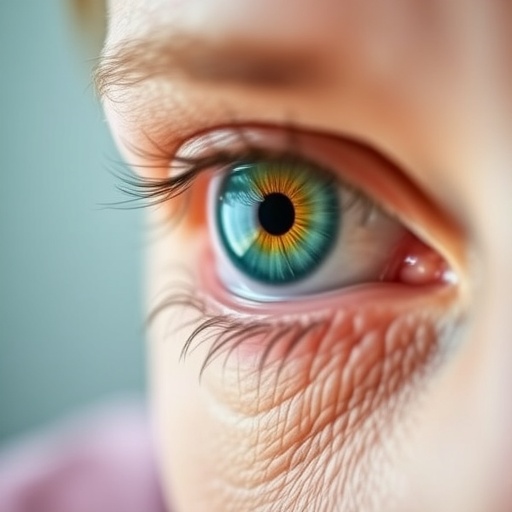A previously unknown feature of the malaria parasite development has just been published in the journal Cell Host&Microbe. An international research team, led by a parasitologist at University of São Paulo and Pasteur Institute, Paris, has shown that, contrary to what has been assumed so far, a Plasmodium surface-protein plays an essential role at a stage of its life cycle that occurs not in the body of the host, but in the guts of the Anopheles mosquito. The finding has consequences for the search for vaccines or drugs that could alleviate the suffering caused by malaria. By 2015, 214 million people were affected by the parasite, especially in Africa.
Throughout its life cycle, the malaria parasite assumes different forms, at different points in the host and vector bodies. The infected female of the mosquito, when it bites a human, inoculates the parasite present in its saliva in the form called sporozoite. Through the bloodstream, sporozoites reach the liver of the host, where they invade a class of cells called hepatocytes. Inside them, they become merozoites, the form of the parasite that invades the red blood cells. It is when the red blood cells break because they are full of parasites that the typical fever attacks of the disease occur. Typically, the stages of the life cycle that happen inside de host are assexual. Part of the merozoites, however, remains inside the erythrocytes and differs in gametocytes, male and female. The next stages of the life of the parasite now occur in the body of the mosquito which, by sucking the blood of the host, brings into its body the blood cells laden with parasites, now sexually differentiated.
It is in this comeback to the mosquito organism that lies the discovery published in Cell Host and Microbe. To continue their development, the gametocytes need to leave the vacuole in which they are harboured inside the red cell. In cells modified to not express the surface protein (called MTRAP), the team has verified, gametocytes cannot leave the vacuole. As a result, the life cycle of the plasmodium is interrupted and the mosquito can no longer transmit it. Until now, parasitologists have attributed to this protein the ability of merozoites to invade red blood cells still within the host's body. The experiments also showed that for this step, the MTRAP protein is innocuous.
"The experiments allow a new approach to influence the life cycle of plasmodium," says parasitologist Daniel Bargieri of the Institute of Biomedical Sciences at USP. "We now have yet another target to be studied to block transmission of the parasite, which increases the potential for achieving the ambitious goal of eradicating malaria."
###
Article:
Plasmodium Merozoite TRAP Family Protein Is Essential for Vacuole Membrane Disruption and Gamete Egress from Erythrocytes Bargieri et al., 2016, Cell Host & Microbe 20, 618-630 November 9, 2016 ª 2016 The Authors. Corresponding Author: [email protected]
Published by Elsevier Inc. http://dx.doi.org/10.1016/j.chom.2016.10.015
Media Contact
USP Scientific Outreach Unit
[email protected]
55-112-648-1423
@usponline
http://sites.usp.br/distrofia




